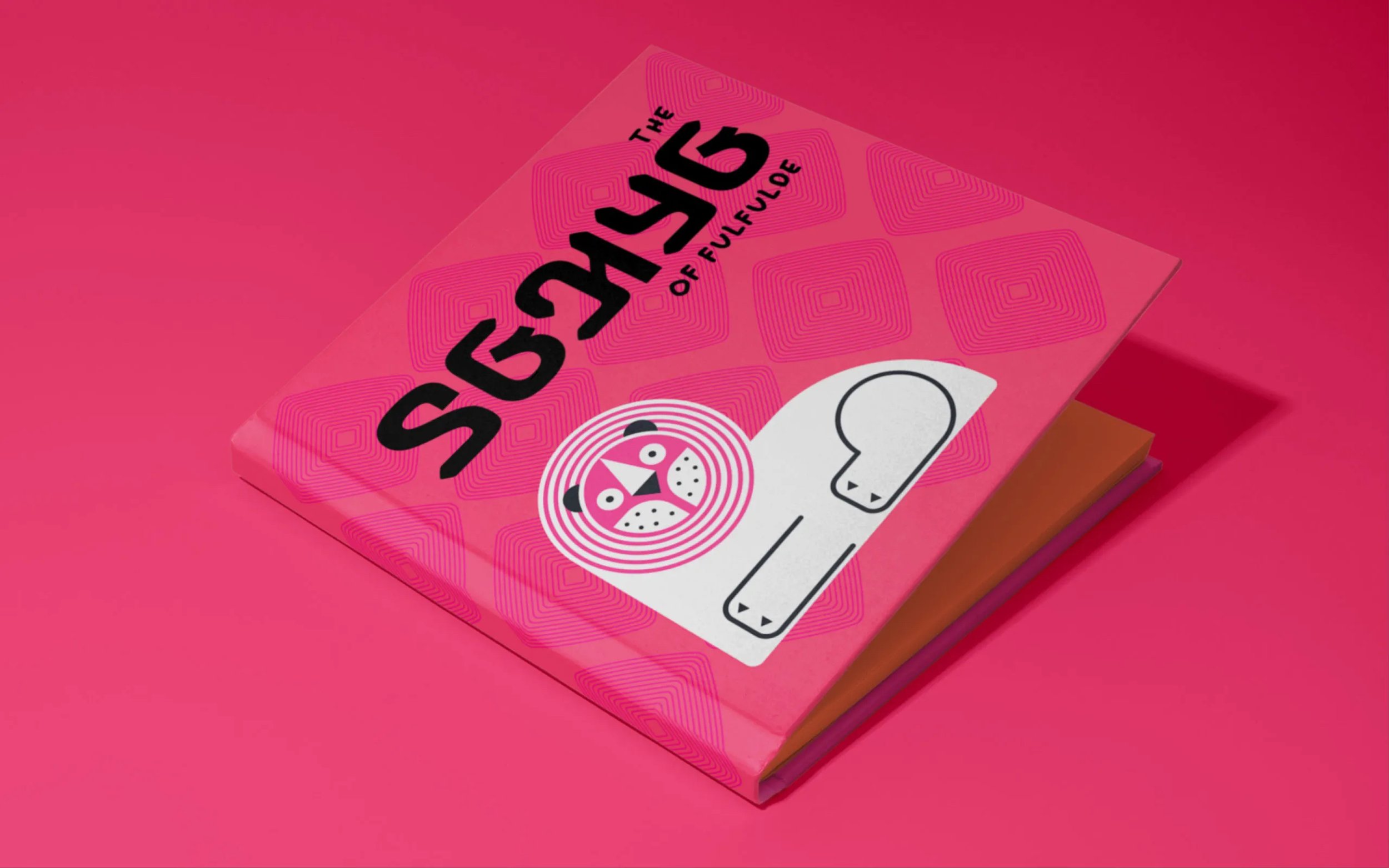Microsoft ADLaM: Can An Alphabet Preserve A Culture
The language of the Fulani people of West Africa, known as Pulaar, is spoken by over 40 million people, but for most of history, the language had no alphabet. Determined to preserve their native language since they were children, in 1989 the Barry brothers created an early version of ADLaM in handwritten form. Yet the need remained to digitise the alphabet so it could be used to communicate through technology, such as texts, emails and websites, empowering the Fulani people to conduct business, connect through social media and find information in their own language.
The Fulani brothers remarked, “ADLaM, the acronym, A, D, L, M, Alkule Dandayɗe Leñol Mulugol, literally means it is the alphabet that will prevent the culture, the people, from disappearing. What we meant by that is not the people, themselves, will disappear, but the fact that ADLaM will allow us to preserve our culture.”
Though the brothers had developed early versions of the digital typeface, for the Fulani community to fully adopt and embrace it, the alphabet needed to be optimised and made more widely available in digital spaces. As a result, McCann New York partnered with the brothers and collaborated with a group of expert typeface designers to create a revised version of the alphabet that was easier to read and write. Importantly, the new typeface was updated to include new letter forms that take into account how the alphabet has naturally evolved within the Fulani community. To fight illiteracy, a key goal of the project, McCann and the brothers created educational materials for Guinean schools, including a children’s book designed to teach the ADLaM alphabet and elements of the Fulani culture, in-classroom learning materials, and a learn-to-write book. All materials were also digitised to be used on classroom computers.
GLOBAL ECD: Cristina Reina + Pete Johnson
Design Director: Mook Phoungbut
Designer: Chocho Han
Designer: Malik Dupree






